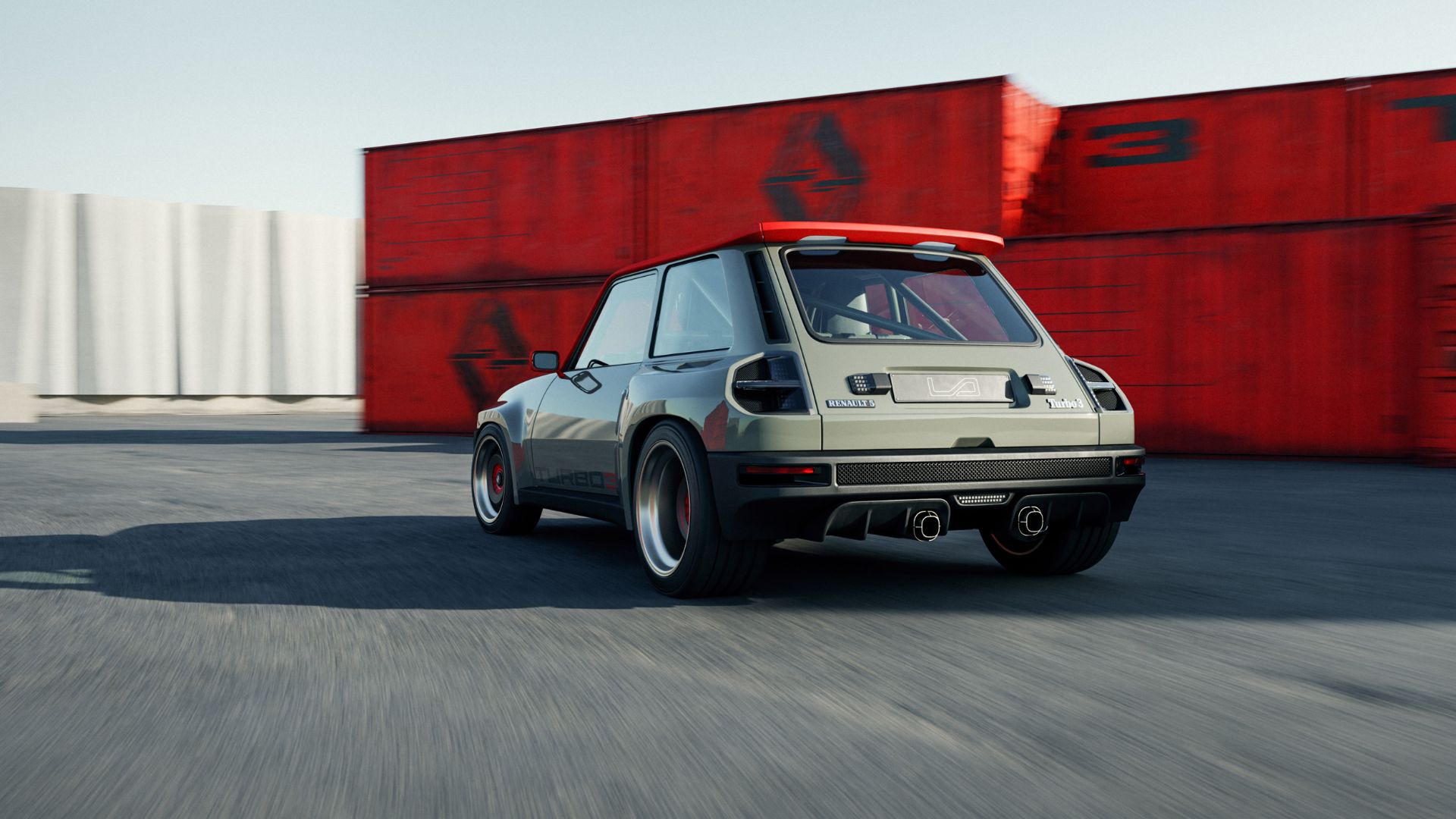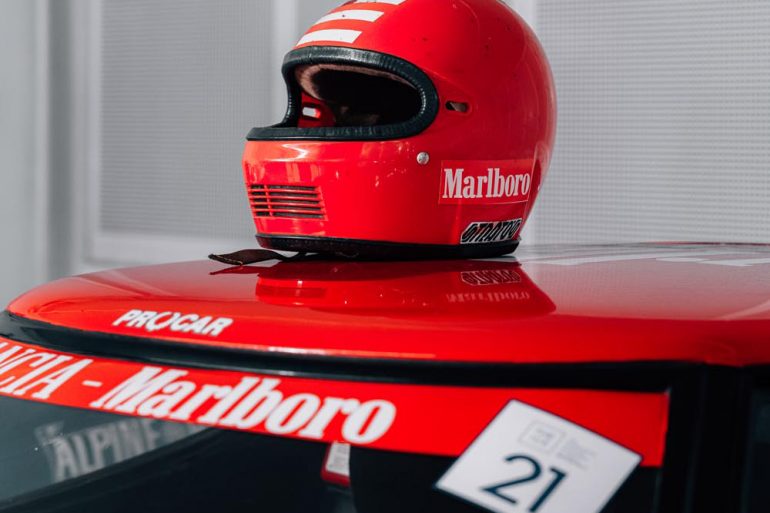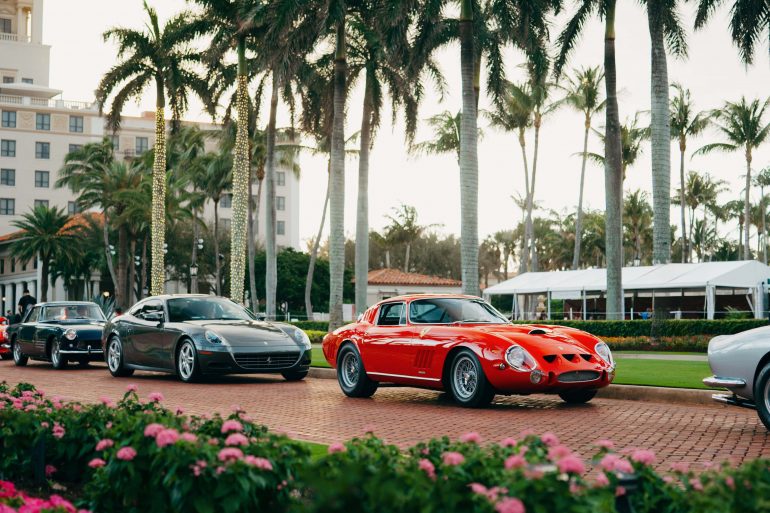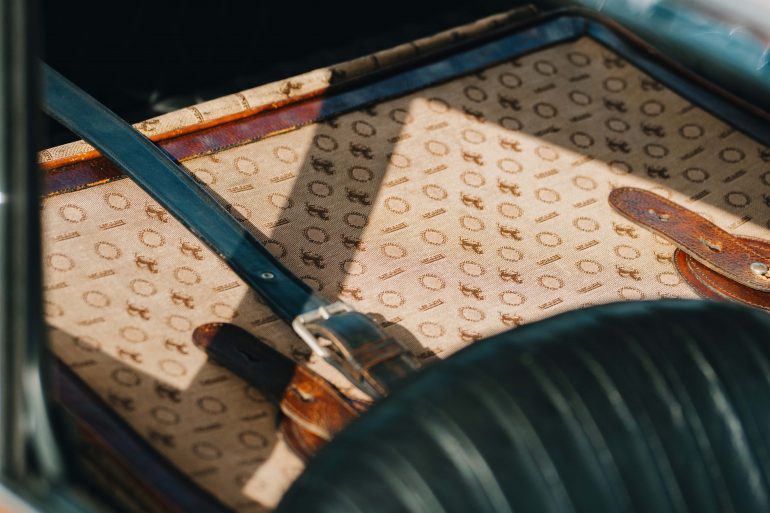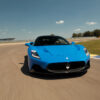French born car designer Alan Derosier moved from Shangai to LA in 2018. He is a big Porsche fan and given the custom car culture in Los Angeles, he wanted to build something unique and, well, custom. His ambition was to do a build in the spirit of his Custom Porsche heroes, Singer, Rod Emory, Guntherwerks and Canepa. The Porsche niche, however, was well covered by these trailblazers and Alan drew inspiration from another childhood hero, the Renault 5 Turbo. He started sketching out ideas and shared a couple of these on social media, which garnered a lot of attention. This eventually led to meeting Charly Bompas, a fellow Frenchman based in Los Angeles. He is a former car stuntman that happens to co-own a classic car restoration shop. He loved Alan’s vision for the Rally icon and together they decided to do a small production run. Charly’s partner, Alexander Decleves, is an extremely gifted mechanical engineer: he was also in love with Alan’s concept and did not need much convincing to get involved. The last missing piece in the French ensemble was Pierre Chaveyriat, a race car builder. Pierre is a bit of a mad scientist that knows everything there is to know about racing. He was tasked with the design of a brand new chassis to ensure the 80’s icon handled even better than its older siblings.
Not only did these French petrolheads want to pay homage to their roots, but they also wanted to show love and respect to the place that gifted the inspiration for this project, Los Angeles. With that, the French collective was named Legende Automobiles or simply, L.A.
They wanted to create a machine for people that are as passionate about driving as they are. A machine that only a handful of people in world would still dare to try and make.

Technology has given us many great things, but it has also taken away the tactile experience that we, as car nuts, are missing in today’s driving. Sequential transmissions with paddle shifters have their place, but for this machine, they simply wanted an old-school mechanical shifter to give the driver full control of the turbo-powered engine.
It’s widely known that the Turbo 2 was created because the Turbo was simply too expensive to produce. The roof, doors and tailgate were all made from aluminum and the beautiful Bertone interior was designed by the legendary Marcello Gandini. These things made the Turbo one of the most exciting and desirable hot-hatches of its time, but it also put the car in a price bracket that was out of reach for most. Through the utilisation of standard steel elements, as well as borrowing the interior from the R5 Alpine, Renault was able to offer an affordable alternative in the form of the Turbo 2.
It was a great car and certainly great value for money, but the French team couldn’t help asking itself:
What if there were no compromises? What if we took the best bits of both cars and used technology only to improve the electrics and weight of the car?
Every single detail has been refined, updated or redesigned in order to make this machine as timeless as possible and to deliver the most unique experience from the inside out. The body is mostly made out of carbon fiber and has been significantly widened to fit bigger wheels, yet all the proportions have been adjusted to keep it homogeneous and true to its bloodline.
These are some of the key design elements of the Turbo 3: complete bodykit hand-made from carbon fiber; custom 16”x8” rims in the front and 17”x11” in the rear with two different designs available; LED headlamps fitted to a single piece mask; rear side glass framed in carbon fiber with bespoke air curtains incorporated into the C pilars; extended rear wing on the roof, using the minimal amount of material for its light-weight structure; custom-designed diffuser, carrying bespoke dual square exhaust tips.
They created a machine for people that are truly passionate about driving. This Renault 5 Turbo restomod will boast 400+ hp and we are pretty sure it will make a grown adult giggle like a little child.


